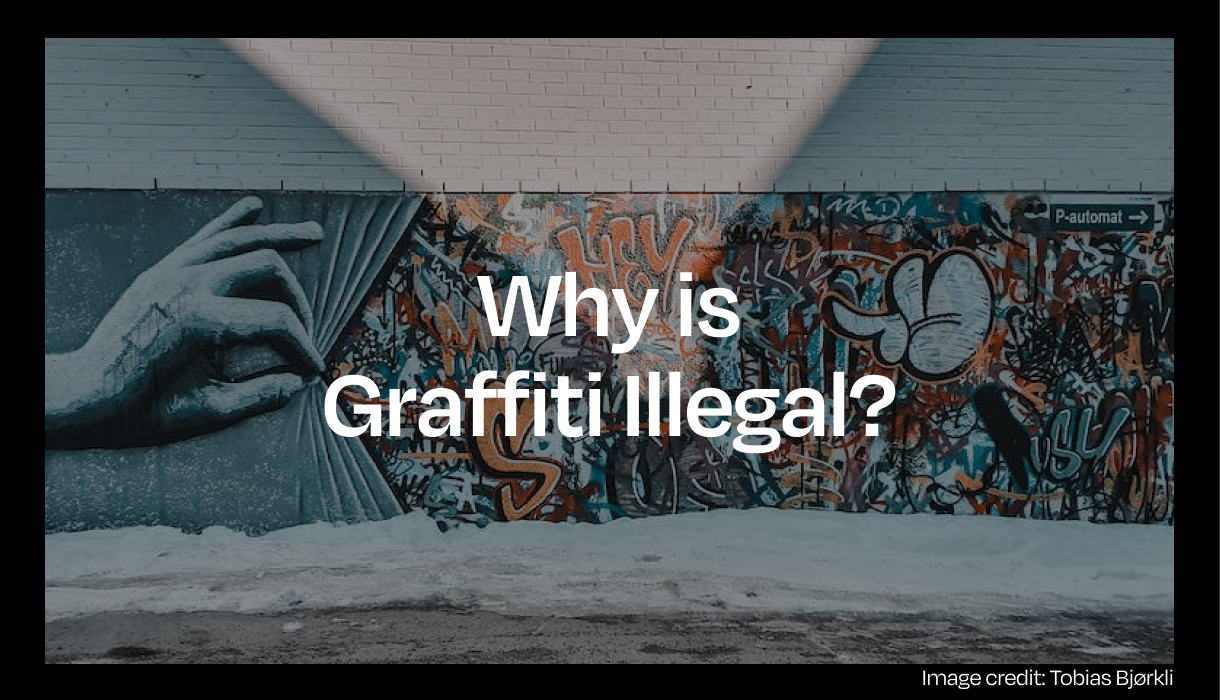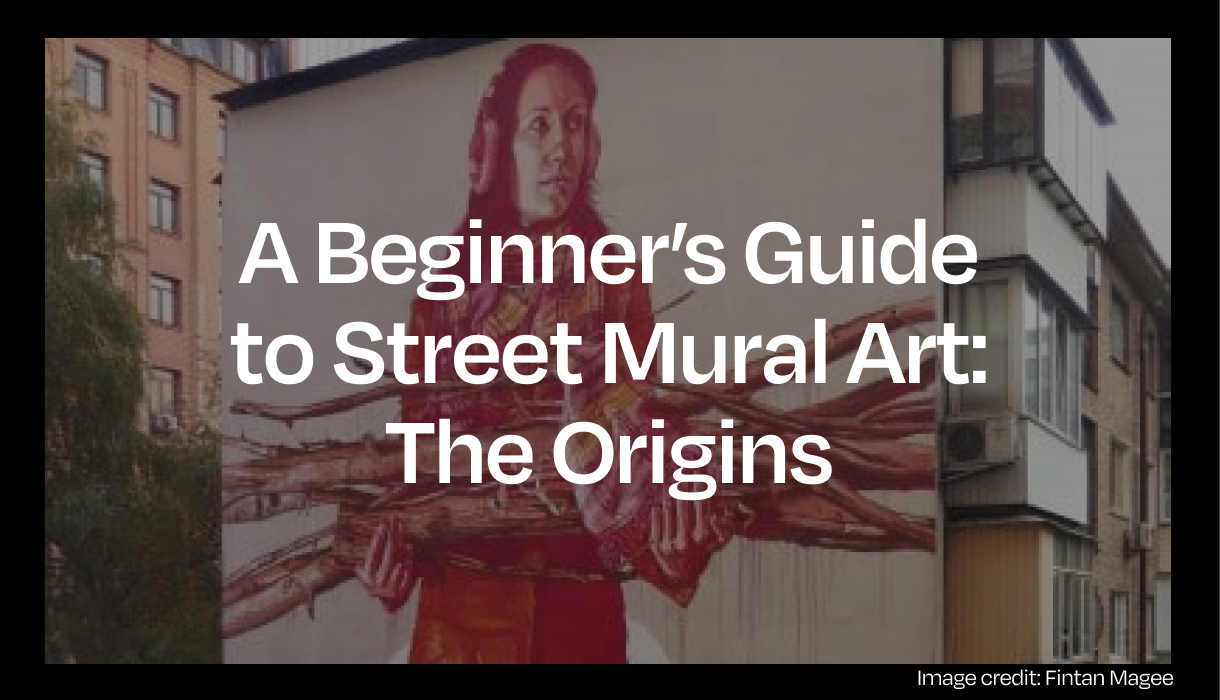
Discover the Origins of Street Art and Mural Painting
Beginner’s Guide to Street & Mural Art: The Origins of Mural Painting and Street Art.
In our previous article in this series, we talked about the definition of graffiti, street and mural art, and also covered a brief history while also delving into the different types. As promised, this follow-up article will be covering the origin of mural paintings and street art, and also how they are connected with graffiti art in the grand scheme of things.
Mural Paintings
The history of mural painting can be traced back to prehistoric times. In fact, it could be argued that murals date back to the Upper Paleolithic times in the form of cave paintings–and these are potentially over 12,000 years old. Murals have been found in every continent except Antarctica.
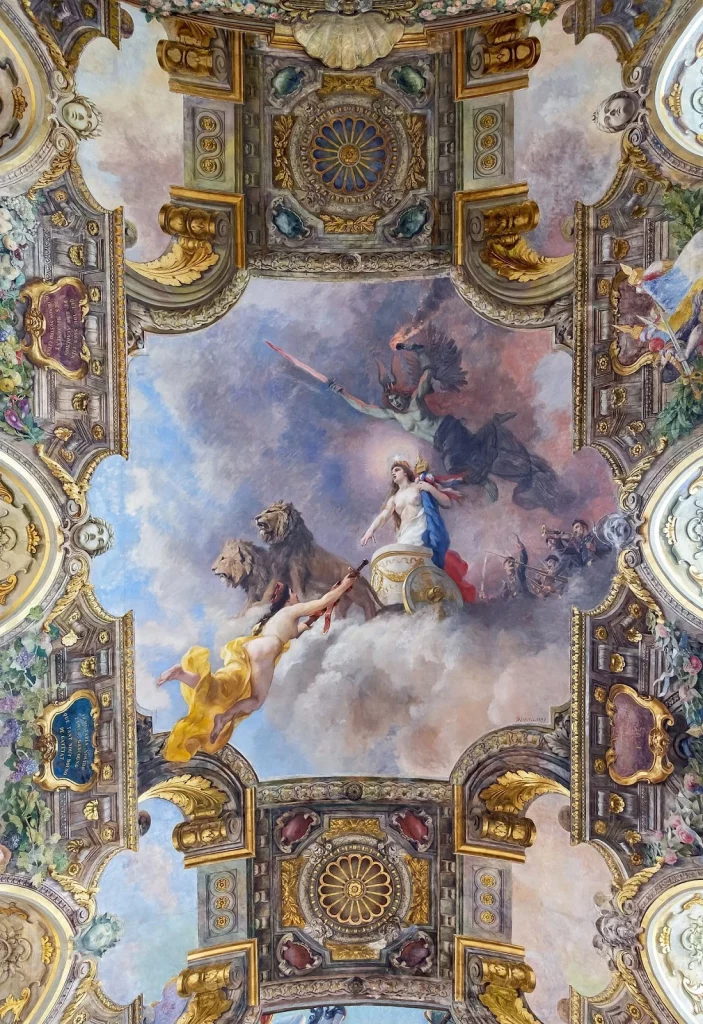
Much can be learned from ancient murals, particularly about the life and everyday activities of these ancient times. In many ways, they act much like photographs of today, pictures carved into whatever materials were available to prove that people were alive back all those years ago.
Murals are significant because of their ability to give us a look back into the future. They have been used all across time and to this day still serve as a mark of existence. Whether they cover the inner walls of a historic building or are painted over old brick and mortar structures, they all follow a similar pattern; they showcase society as it is in the time it was created.
The History of Mural Painting
The word mural has its origins in the Latin language. It comes from the word “murus” which translates to “wall”, the most common place to paint a mural today. However, the definition has been changed over the many centuries that humans have been painting them.
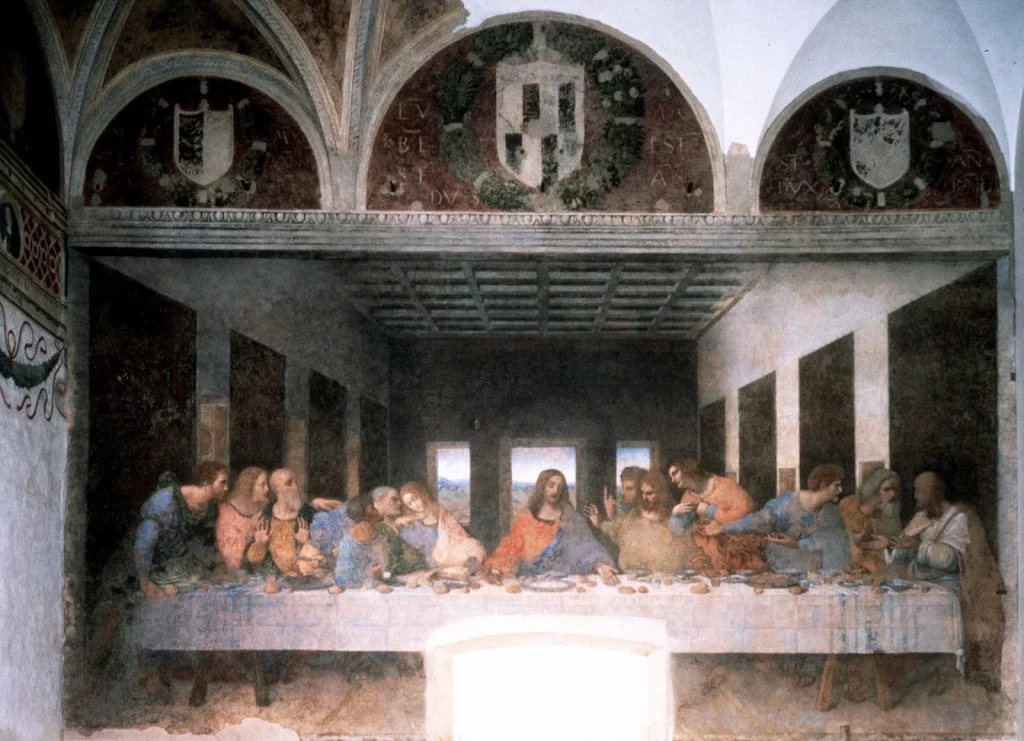
Today, murals can be defined as any piece of artwork that is created by directly working on a flat wall, ceiling or generally any flat surface. It’s a style of painting that was popularised by master artists such as Leonardo Da Vinci, and muralism saw a huge spike in popularity around the early 1900s.
However, it wasn’t until Mexican Muralism that murals would be seen as more than just pieces of artwork that depicted society. Murals in Mexico contained powerful social and political messages and they were used in an attempt to unify the country post the Mexican Revolution government.
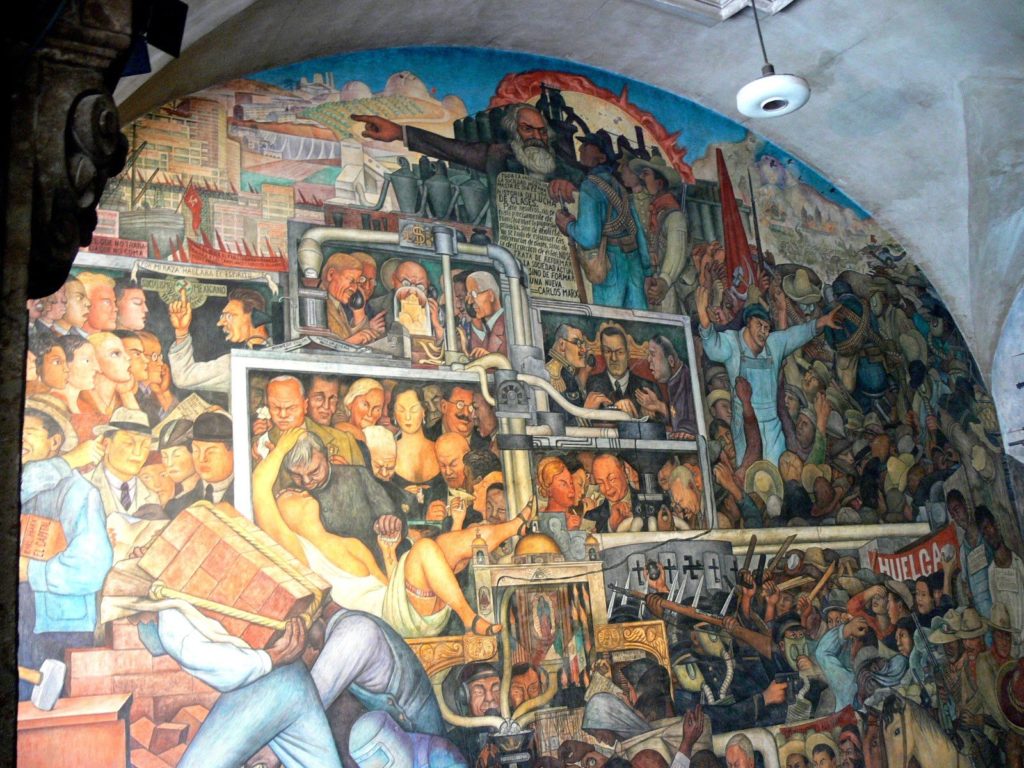
The use of murals as communicative works of art was popularised by three well-known painters; Diego Rivera, David Alfaro Siqueiros and José Clemente Orozco. Between the years 1920 and 1970, many murals were painted on public buildings to spread these social and political messages, spawning the Chicano art movement and becoming a tradition that still continues to this day in Mexico.
Other famous mural uses include over 2000 political murals in Northern Ireland that were used to combat social and political issues like racism and environmentalism and paintings on the western side of the famous Berlin Wall (paintings were not allowed on the eastern side of the wall) before it was eventually destroyed in 1989.
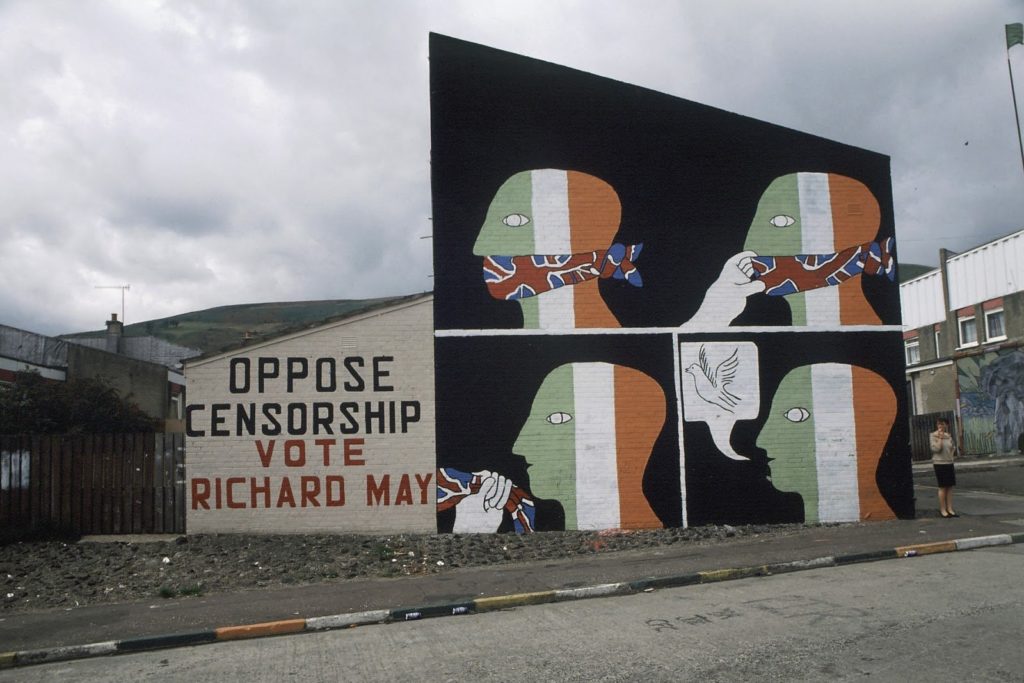
Mural Paintings Today
Today, murals are used as a way to express freedom and create a relationship between art and politics. While many corporations attempt to use murals as a form of advertising with no real meaning behind it, there are many places in the world such as South America where murals are considered an important element in creating engaging artworks that make viewers think more deeply and carefully about the religious, political or social messages a mural could convey. Mural paintings today can be created using a stencil, acrylic, oil, paste-ups, wheatpasting and more mediums for creating the perfect design.

What are the Different Styles of Mural Painting Today?
There are many different types of mural paintings today. Mural art can be for anyone and anywhere. Street and mural artists are often hired to paint murals indoors and outdoors, in homes, bars and restaurants. The actual style of a mural depends on the artists. Some artists prefer abstract paintings whilst others specialise in realistic murals.
The Future of Mural Painting
We believe that murals will find themselves ingrained into the building process. New skyscrapers and homes will not be complete without an artist leaving their mark on the bare walls. More and more people are expressing their individuality in their homes and a perfect way to do that is through art.
Mural art and street art will continue to find acceptance within our communities. Artists of all styles and talents will be able to grow and forge their own path and paint walls, ceilings, floors and all kinds of canvases far easier than artists today. Mural painting can be done in a variety of styles, ranging from traditional to contemporary. Some of the most popular styles we will be seeing more of include:
• Abstract murals: These murals typically feature geometric shapes and bold colors. They are often intended to make a statement or create a certain mood.
• Realistic murals: These murals feature lifelike images that can be either representational or narrative in nature.
Read: The Beginners Guide to Street Mural Art
Street Art
Although an often-muddied term that is used to generalize any work of art seen on public property, street art has a deep history that is grounded in political and social commentary much like murals. However, the difference is in the techniques used and the artworks created. Political and social commentary graffiti is usually placed on public walls, public transportation and could often be seen as a nuisance.
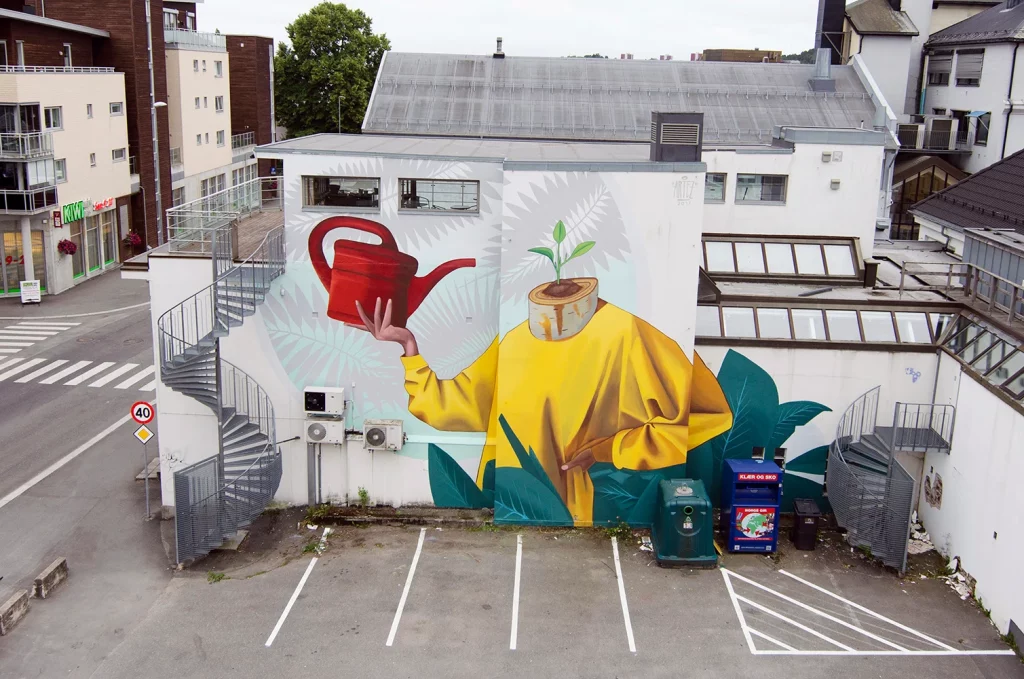
Street art is often seen in communities on buildings, streets, trains and sometimes cars. Most instances of street art are considered to be guerilla art that attempts to make a statement or social commentary. Street art is often considered to be vandalism, but much of it is created in an attempt to raise awareness of an issue or due to the belief that public spaces are a blank canvas for expressive personal artwork.
The Origin & History of Street Art
Street art started with simple graphics and texts. The idea was to spread a message and not so much to create something that would be visually pleasing, but instead be thought-provoking. Early examples of street art can be traced back to 1955 shortly after the death of Charlie Parker, a famous jazz musician also known as Yardbird or Bird. Following his death, graffiti began to appear around New York with phrases like “Bird Lives”, but full-blown graffiti didn’t start to appear until around 1970 when spray paint was used to paint subway trains and tunnels.
This started to draw attention to the graffiti around New York City and it was during this period that gangs started to rise. These groups would eventually start movements in response to the sociopolitical pressures that were being forced upon them, giving street art a rebellious reputation that demanded attention not just from other groups, but also authorities. It was essentially a legal activity, but it didn’t stop these groups from expressing themselves through their art using a medium that would best get them noticed.
Street art has often raised complications when it comes to legalities. One famous example is a case in England during 2014. Infamous street artist Banksy painted The Mobile Lovers on plywood on a public doorway, but it was eventually cut out by a resident that wanted to sell the piece to raise money for a local boy’s club. However, the government authorities confiscated the piece of art, believing it to be public property and displayed it in a museum. However, Banksy heard of the dispute and publically entrusted the artwork to the resident that cut the original piece of artwork out, believing his goal of raising money for a boy’s club to be genuine.
Read: London Street Art and Graffiti Through the Decades
Street Art Today
Street art has evolved much as murals have. Thanks to renowned street artists such as Banksy, it has become accepted as a contemporary form of urban art and many new methodologies have been tried and tested in response to its acceptance from the public. Although many communities still struggle with graffiti vandalism, it still has roots as a rebellious and expressive form of art that blurs the lines between the legal and illegal. It has managed to spawn a subculture of its own and many artists have begun to incorporate pop culture influences into their street art instead of being rooted in political and social messages.
How has street art evolved over time?
Street art has evolved significantly since its early beginnings. Early street art was often associated with graffiti and was often seen as a form of vandalism. However, as street art has become more popular, it has also become more accepted by the mainstream art world. Today, street art is considered to be a legitimate form of art and is often exhibited in galleries and museums. One of the most significant changes in street art over time has been the development of new technologies.
The Future of Street Art
Street art has grown to become a widely appreciated skill. Local areas come to life as artists use their skill and talent to brighten and captivate with their designs.
Connecting Mural Paintings, Street Art and Graffiti
In order to connect these three forms of urban art, we must first separate them to see where the lines are drawn.

Street art is usually allowed on certain walls or buildings as a government or local authority deems it. This means they can designate areas for urban artists to practice their craft and express their messages and personality. This differs slightly from murals which are often large pieces of artwork on flat surfaces, like an entire wall or building.
These are often commissioned or planned in advance, often even requiring multiple artists working together to create a collaborative mural project. Street art, on the other hand, often doesn’t involve the full painting of the wall and can usually take other urban elements and incorporate them into the artwork.
Banksy, Blu and ROA are excellent examples of street artists, whereas Eduardo Kobra and OSGEMEOS are more akin to mural painters due to their large elaborate works.
On the other hand, graffiti is done ad-hoc and is usually rooted in illegal or gang activity. This doesn’t necessarily mean that all graffiti is bad, however. Graffiti can contain political messages in an oppressed society or be a tribute to someone or something. It’s difficult to list or explain every situation where graffiti could be used, but the major difference is in the style. Graffiti is usually text-based and rarely ever uses elaborate colors and images, unlike street art.
Differences in the three types of artwork can also come down to the techniques and tools used. Street artists typically don’t have any limitation and are free to use what they’re comfortable with, whereas mural painters often use long-lasting paints that are resistant to weather effects and often have a wider choice of tools and colors.
On the other hand, graffiti artists will typically carry spray paints or even pen markers due to their ad-hoc nature.
This leads us to the conclusion and how the three forms of urban art are related; it’s all about social expression. Murals thousands of years ago depicted what society was like and was eventually used to spread social and political messages, graffiti’s origins are in rebellion and fighting against an oppressive society and street art is a form of contemporary art that allows artists to make public statements about society and politics through sanctioned public artworks. While the three share very similar definitions today, they all have vastly different origins.
Interested to learn more? Check out our article on the origins of graffiti art.
Bookanartist.co is a website where you can hire graffiti artists, mural artists for your next project. We have handpicked the best and professional graffiti artists in and around your location. Simply send a message.
Check out top-rated local artists near you!
Are you an artist ? Sign Up












